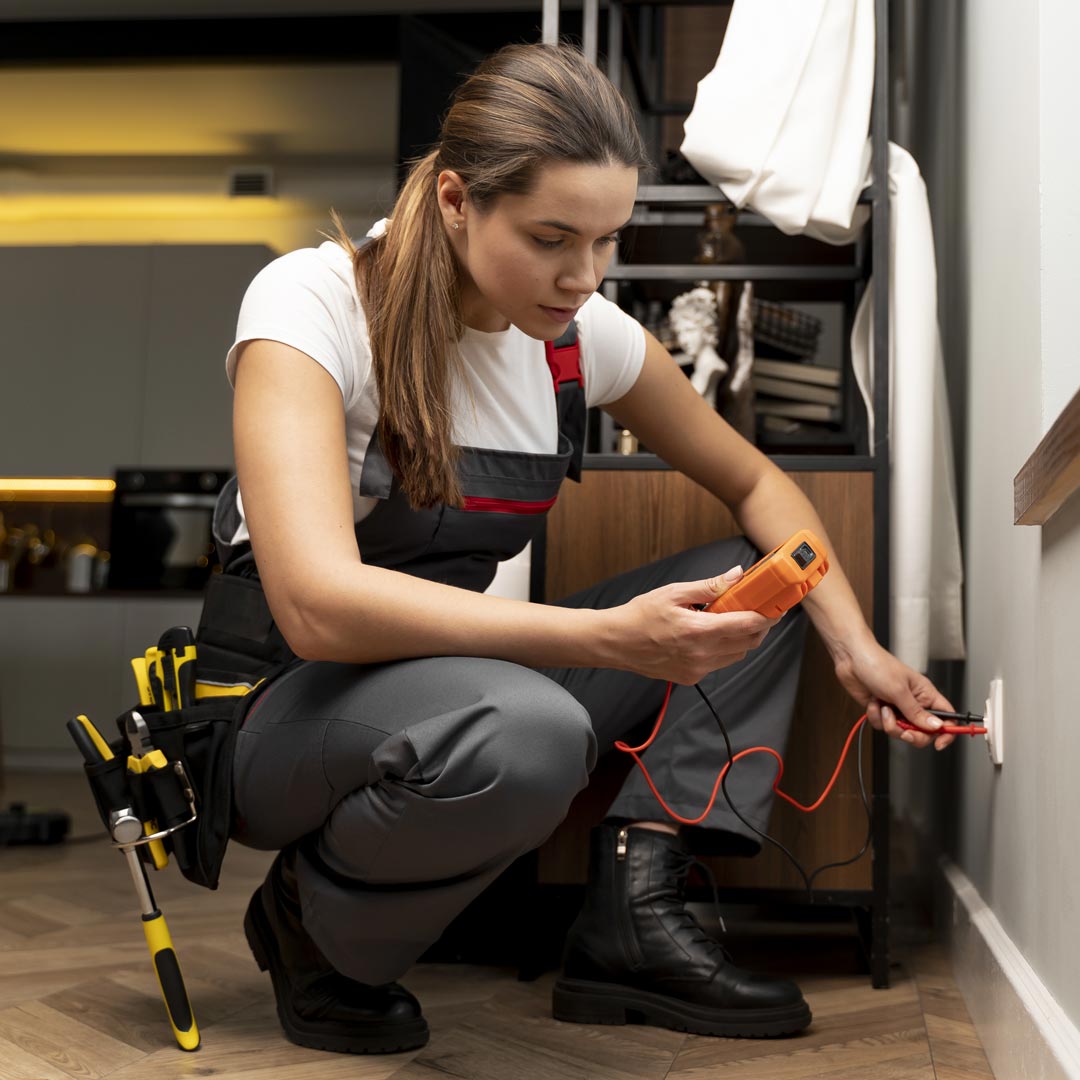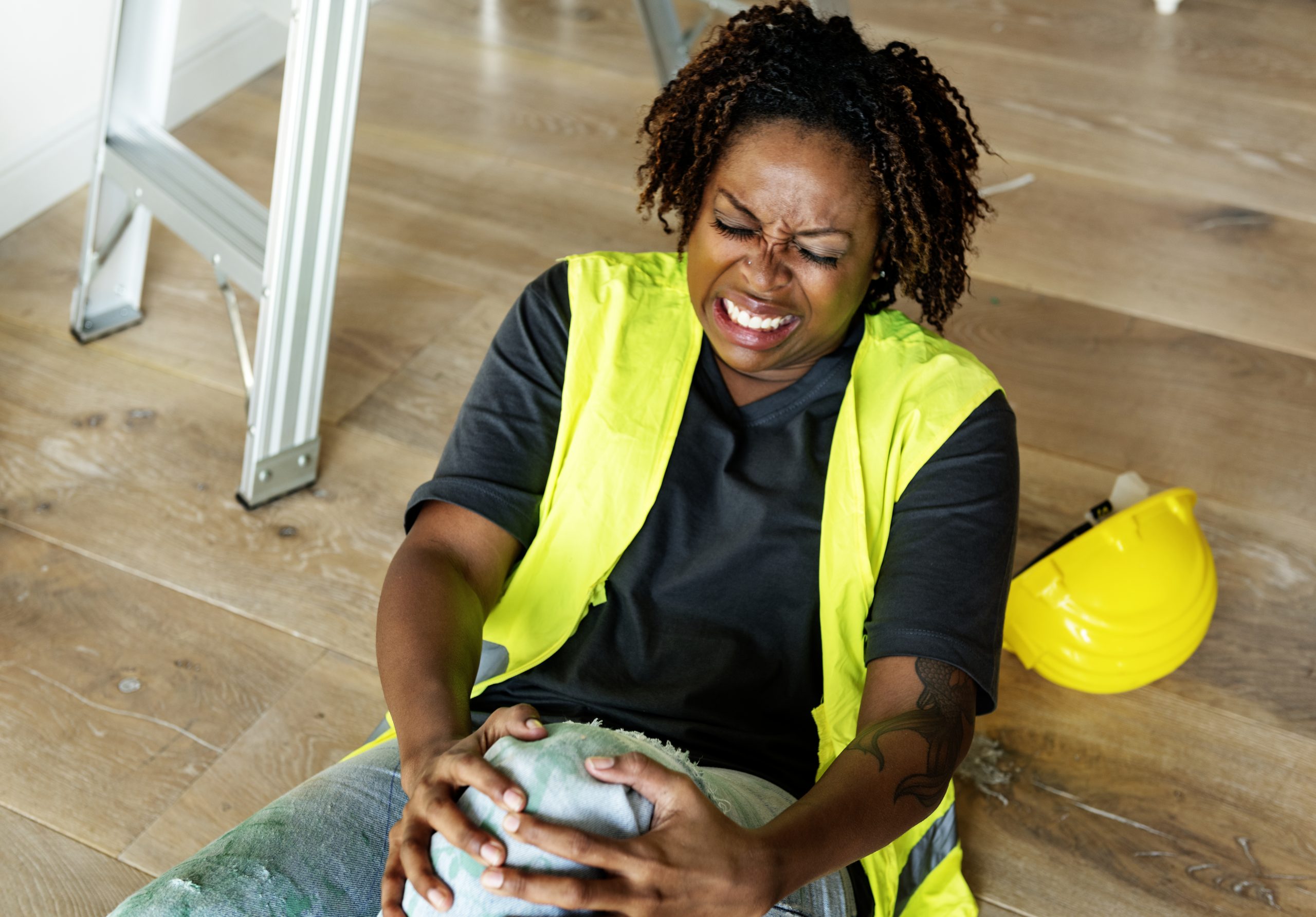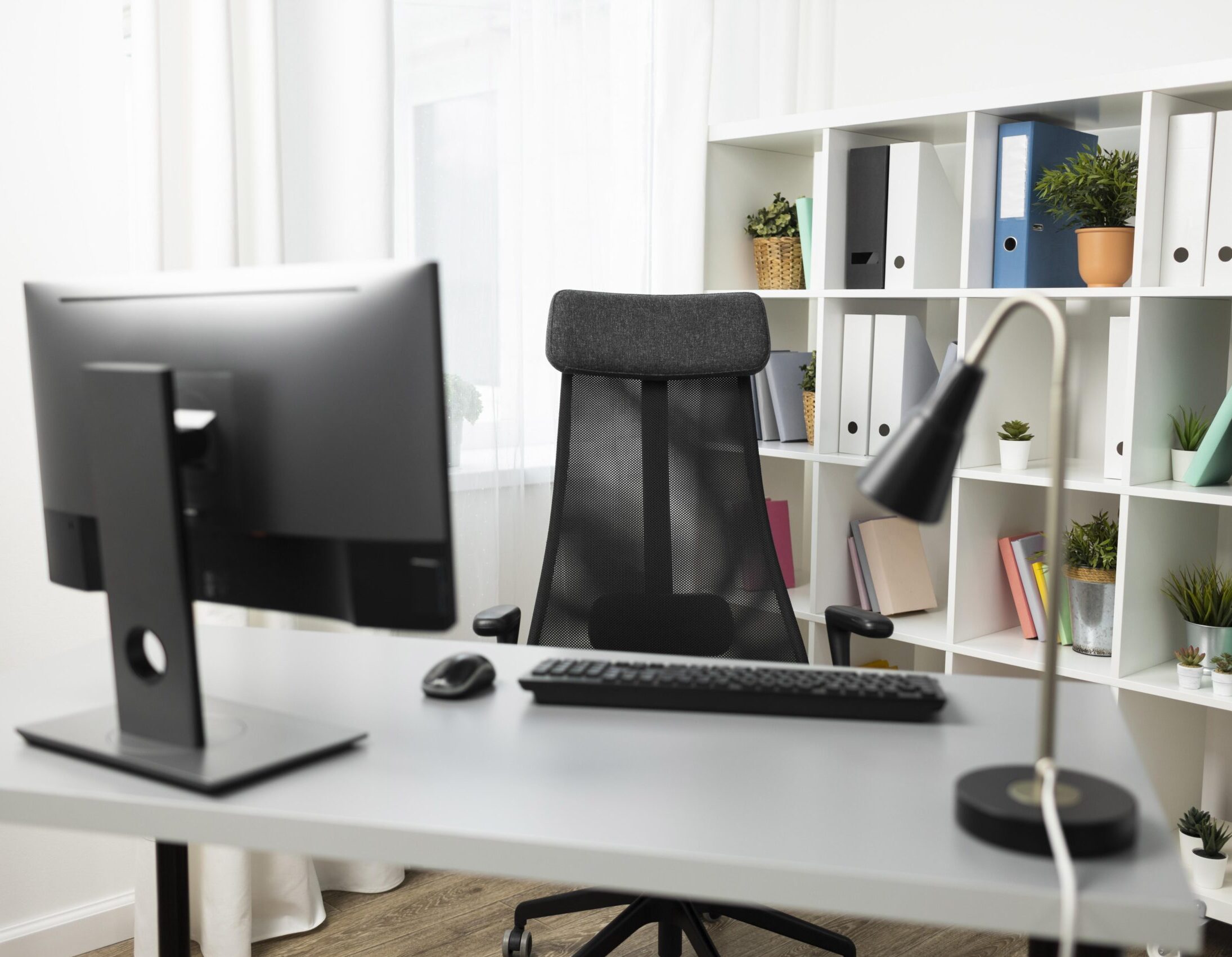Loss Control
Loss Control Objectives
The Loss Control team helps keep people safe, protect property, reduce liability, and avoid insurance pitfalls. Loss Control works with Risk Coordinators, HR professionals, and leadership performing inspections, consultations, and offering training.
Consultations
Risk Management has experts on staff to help you. Our team is happy to guide you on civil rights, Title IV, and ADA questions, amongst others. Please see our resources link below for help resolving the most common questions we get or please feel free to contact one of our experts on staff.

Inspections
Our Loss Control team tries to be proactive in conducting onsite assessments of your property and contents. During these visits, our team conducts a thorough inspection to help determine the best methods for avoiding and controlling risks.
We also encourage our insureds to be proactive in managing risk. One tool to help manage risks is the Self-Inspection Survey, which will help you identify areas where safety is lacking and assist you in developing an action plan. If you have any questions regarding the Self-Inspection Survey please contact [email protected].

Training
Loss Control provides educational opportunities such as symposiums and online training to help our insureds and Risk Managers recognize risk and address the issue. Simply recognizing a risk and addressing the issue can prevent injury and damage. We hope you take every training opportunity through Risk Management to help you learn more and reduce risks within your organizations.

Workers Compensation
Workers’ compensation is a no-fault insurance system that provides medical and disability benefits for employees who suffer injury or illness because of their work. The State of Utah contracts this insurance through the Workers Compensation Fund of Utah.
To submit a worker's compensation claim or for further information please visit the WCF Insurance website by clicking the link below or contact our office at [email protected].

Ergonomics
Ergonomics is all about designing workplaces, products, and systems to meet the needs of the people who use them, making them safer, more comfortable, and more efficient. In today’s digital world, much of our work takes place at a computer workstation. Just like any other equipment, it’s essential to be aware of the potential issues that can arise from an improperly set up workstation.
Risk Management is here to assist state employees in learning how to properly adjust their computer workstations to reduce strain and stress, promoting a healthier and more comfortable work experience. Below, you’ll find helpful links to guide you in adjusting your workstation, working from home with ergonomic principles, and using an office checklist to set up your workstation for maximum comfort and performance.
